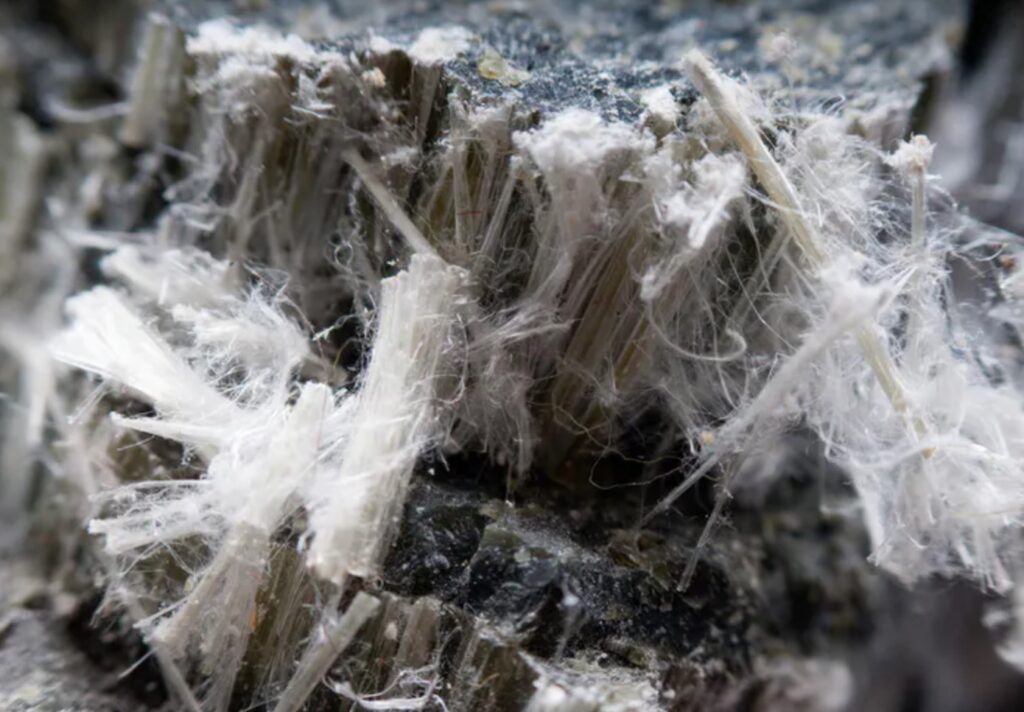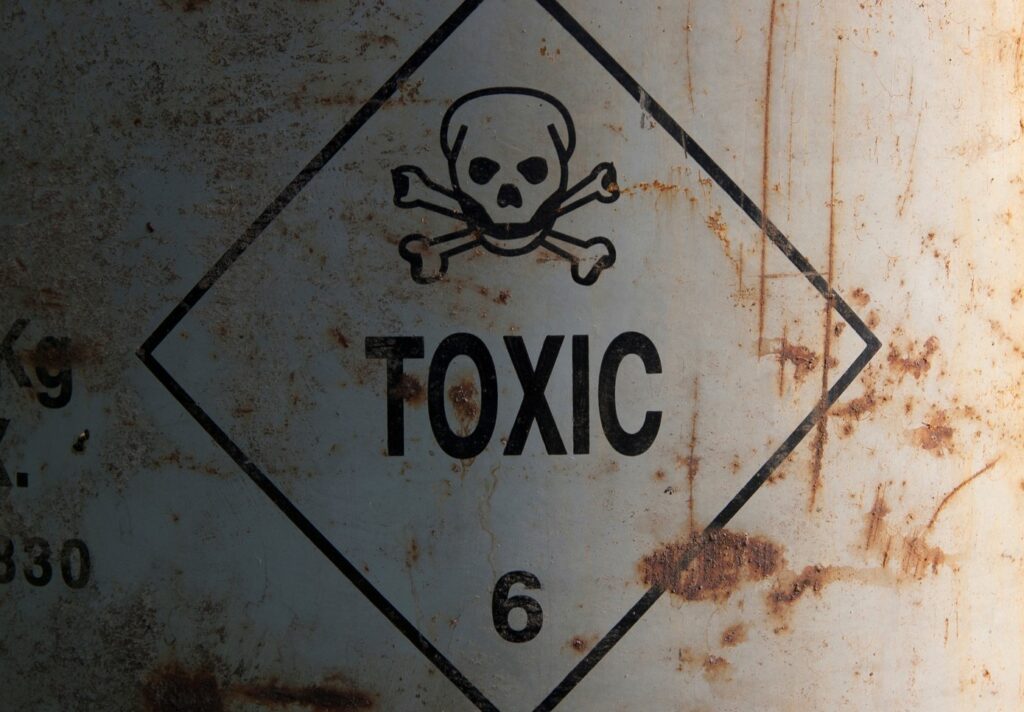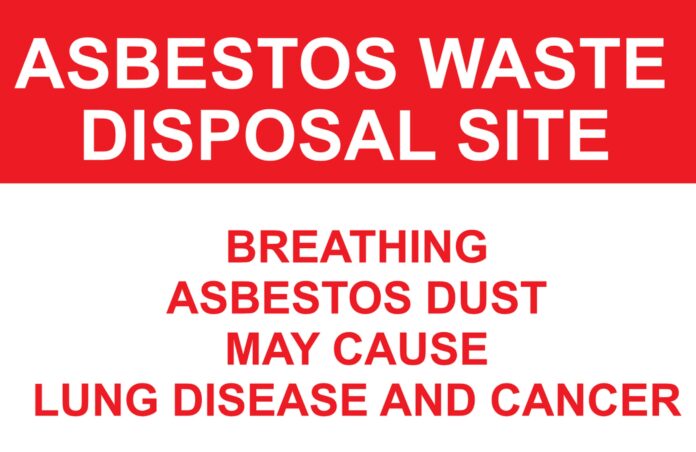Despite over five decades of damning evidence, asbestos appears to be as resistant to legislation as oil is to water. Small amounts of asbestos have been used in the manufacture of many consumer goods as well as construction materials. This means that everyday objects and even our homes contain traces of asbestos. The reason behind the wide use of asbestos is because of its properties. Asbestos is strong, insulating, cheap, and most of all, it’s naturally-occuring.
Roughly 125 million people worldwide are exposed to asbestos and there are even lawyers, like the ones at Bergman Legal, that specialize in helping clients claim compensation for asbestos exposure. However, this doesn’t mean that there haven’t been efforts to address this issue.

What Makes Asbestos So Dangerous?
Before anything else, we first need to establish the urgency behind this matter. It’s not enough to say that asbestos is dangerous to your health, as there are many other things that are. In order to fully grasp the danger, we have to look into how asbestos actually affects the body.
First things first, the likelihood of developing a cancer primarily depends on the level and duration of exposure to the asbestos fibers. Other factors such as age of the patient during exposure, the patient’s tobacco-smoking history, and the time since the exposure occurred.
Pleural Effects
The inhalation of asbestos fibers can cause abnormalities in the chests cavities. About 10% to 60% of asbestos workers were found to have exhibited pleural abnormalities such as fibrosis in the pleura, fluid, pleural plaque (collagen deposits), and rounded atelectasis, which is the result of a pleural fibrosis that rolls into the lung, thus causing that portion of the lung to effectively become useless.

Laryngeal Effects
Many studies have also found that asbestos exposure causes a high number of larynx inflammation among workers. In most cases, laryngitis is not fatal, but it could significantly worsen the quality of life of a patient, especially when such an inflammation that is caused by asbestos exposure is also likely to be accompanied by other conditions.
Mesothelioma
Mesothelioma is a type of lung cancer that develops specifically because of asbestos exposure. It is usually fatal, as the disease aggressively attacks the mesothelial cells of the pleural lining, pericardial lining, and the peritoneal cavities. It is generally agreed upon that the key to treating cancer is to detect it early before it advances into a more serious stage. The danger with mesothelioma is that it can remain undetectable (and dormant) for 30 to 40 years. The average life expectancy of someone with malignant mesothelioma is about 12 to 16 months. Those with pleural mesothelioma at stage 1 or stage 2 cancer have a life expectancy of 19 to 21 months. Life expectancy can be improved through surgery.

Immune System Deterioration
Those exposed to asbestos also have a weakened immune system, which significantly hurts their body’s ability to repel infections and illnesses. This is particularly true in the case of pneumonia. However, it should also be noted that it is still currently unknown whether a weakened immune system is the cause or result of asbestosis (chronic lung disease caused by inhaling asbestos fibers). What is known is that a depressed immune system leaves the body vulnerable to a wide variety of illness, not just those that are lung-related.
These conditions are further exacerbated because of how the body deteriorates as we age. Even something as simple as breathing can become a difficult, if not painful, involuntary action. We’d also like to reiterate that there is no lack of evidence to support the dangers of asbestos exposure. This now raises the question of why is asbestos still legal.
Past Legislative Battles
Several laws were passed in the 1970s in order to regulate the use, distribution, and manufacture of asbestos. The Toxic Substances Control Act of 1976 granted the Environmental Protection Agency the authority over the use and manufacture of chemicals that posed significant risks to both people and the environment.
The EPA attempted to use the TSCA to push for a ban on all products that contained asbestos. However, the ban was rejected in 1991 based on several technicalities, the most damning being the failure of the EPA to demonstrate that a ban was the least burdensome course of action that could negate the risks.

How Do Other Countries Compare?
The scientific evidence behind the danger of asbestos has been enough for countries to ban its use. This is why there is lots of asbestos testing in Manchester. What’s baffling is that while other countries have banned asbestos for several years now, our federal agencies are still trying to finish the risk assessment phase, even when there is a wealth of evidence that should convince lawmakers to allow the EPA to ban the use of all forms of asbestos. In fact, former President Donald Trump expressed skepticism on the dangers of asbestos, which is strange considering that there are many alternatives for asbestos.
Are There Current Efforts Pushing for a Ban On Asbestos?
The original TSCA was heavily reliant on the EPA, which meant that it was susceptible to internal sabotage. This was also evident in how EPA Director, Scott Pruitt seemed to avoid discussing asbestos regulation in his confirmation process. Moreover, in its review of the first batch of chemicals, the EPA has decided to exclude any potential exposure through air, ground, and water. This means that only direct exposure to harmful chemicals will be considered, which effectively rules out any exposure to asbestos in construction materials and in the air.
However, the Lautenberg Chemical Safety Act replaces the TSCA’s cost-benefit safety standard with a health-based standard. This is important, as one of the primary reasons that asbestos could not be banned was the cost of banning it would heavily outweigh its benefits.

While asbestos is not completely banned in the country, there have been multiple steps in the right direction towards this goal. The Lautenberg Chemical Safety Act has been a much-needed update to our outdated chemical safety laws.









